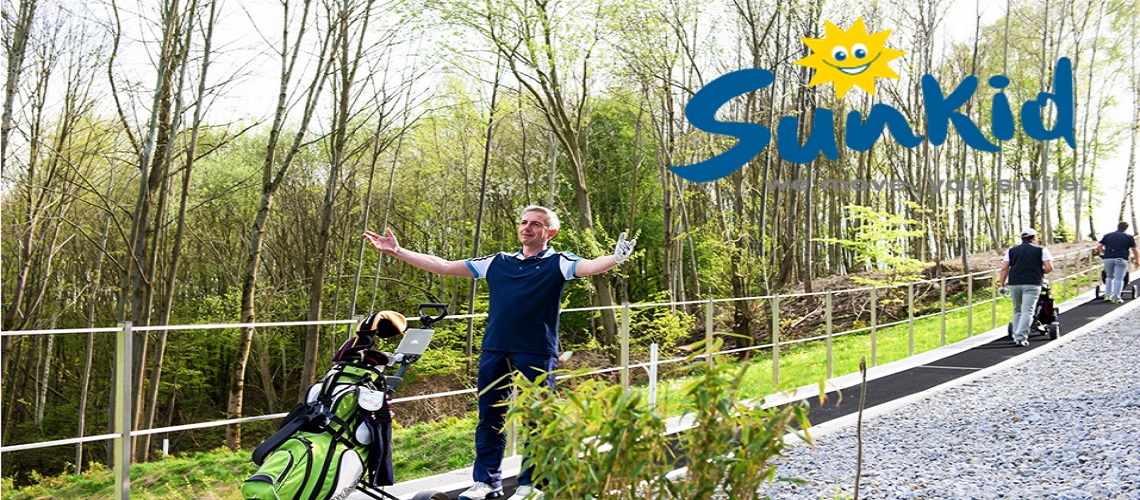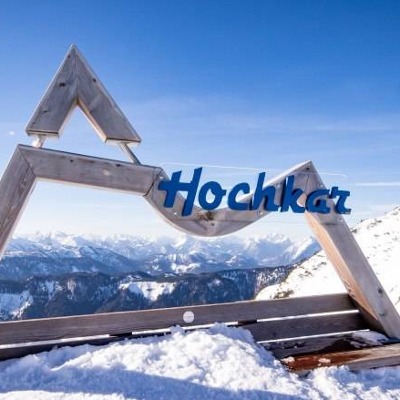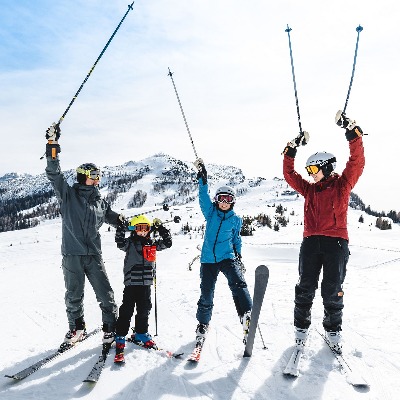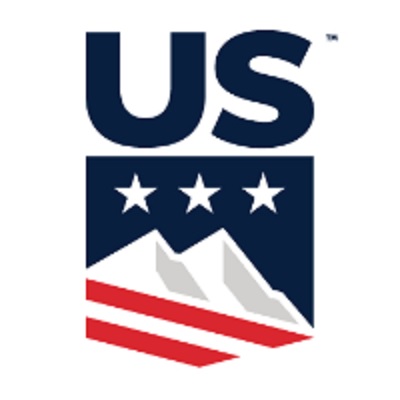Sunkid: Increased Demand For Dual Conveyor Lifts

Skiing areas upgrade their conveyor belt facilities to essentially increase their transport capacity - Mt. Rose (USA) / Winterberg (GER) / Willingen (GER)
In spite of continuous infrastructure improvements, queues and longer waiting times for winter athletes in front of lift facilities are regular occurrences in skiing areas – and not only during the busiest times. Usually, these are the rope lifts that must transport a large number of winter athletes over distances too short for a chair lift or a gondola.
Two parallel person conveyor belts now often replace various rope lifts on distances of 200 to 300 metres, which leads to a considerable capacity increase to up to 4,800 rides per hour, e.g. in the facilities in Mt. Rose (USA) or Winterberg and Willingen (GER). In actual operation, some of these dual conveyor belt systems have even reached more than 12,000 rides per day of operation! Operators make use of a simple trick to achieve such amazing transport capacities: the belts run separately from each other and at different speeds. Skiing schools and families with very young children can use the slower belt to gain experience.
Once they see how easy it is to ride the conveyor belt, they switch to the faster one. This method is often used in particular on Saturdays, which is the arrival day for many. On Sunday, when most guests are already familiar with the conveyor belt, it will be switched to a faster speed. This is an essential advantage over a rope lift that can only run either in fast or in slow mode. The dual conveyor belt system, by contrast, gives the operator a choice and permits active control of visitor flows.
Advantages of the dual conveyor belt system:
- Variable speed up to 1.2 m/s
- Capacity of up to 4,800 persons per hour
- Different speeds for the two conveyor belts
- Minimising the downtimes due to issues when getting on or off
- One belt can be switched to run downhill for non-skiers as well














